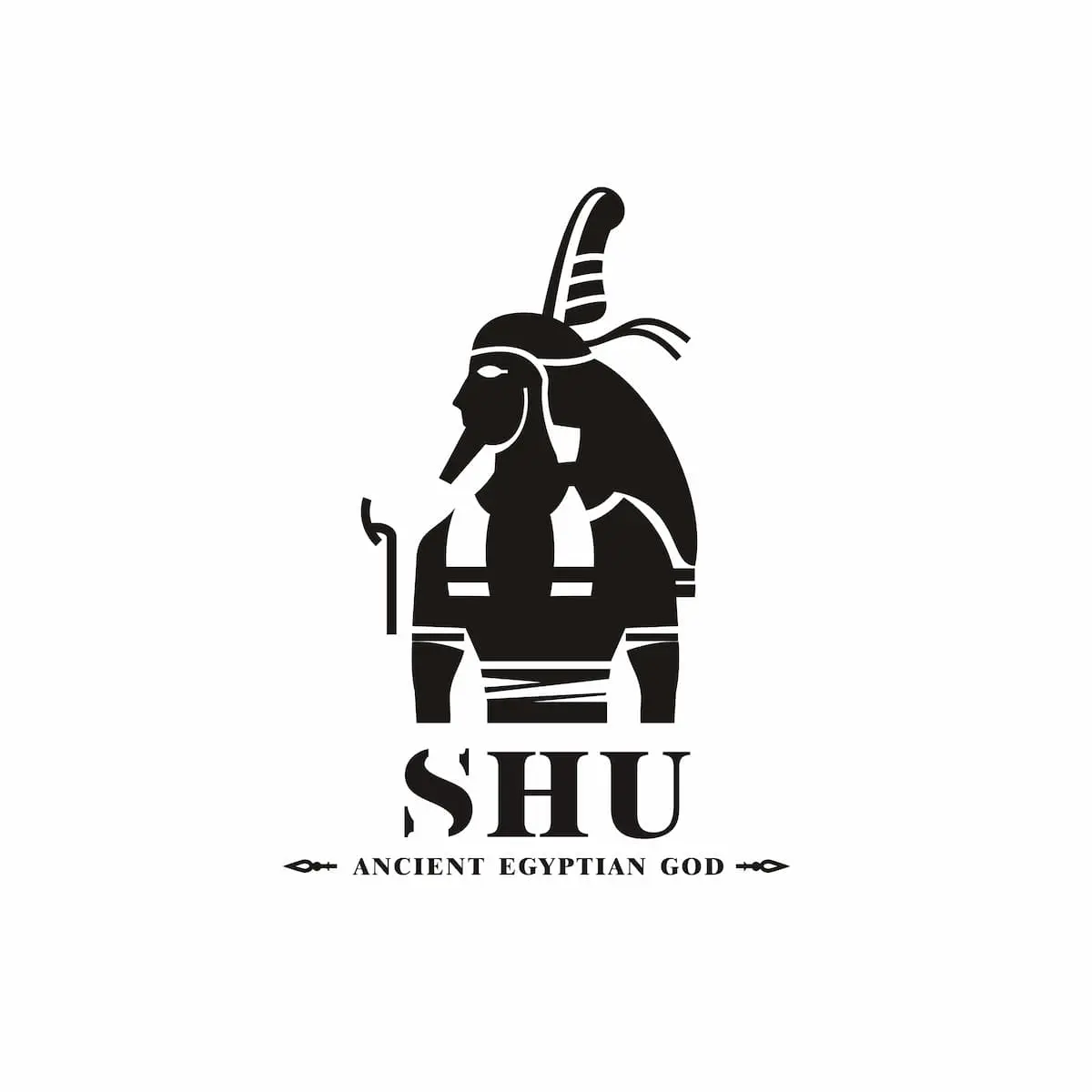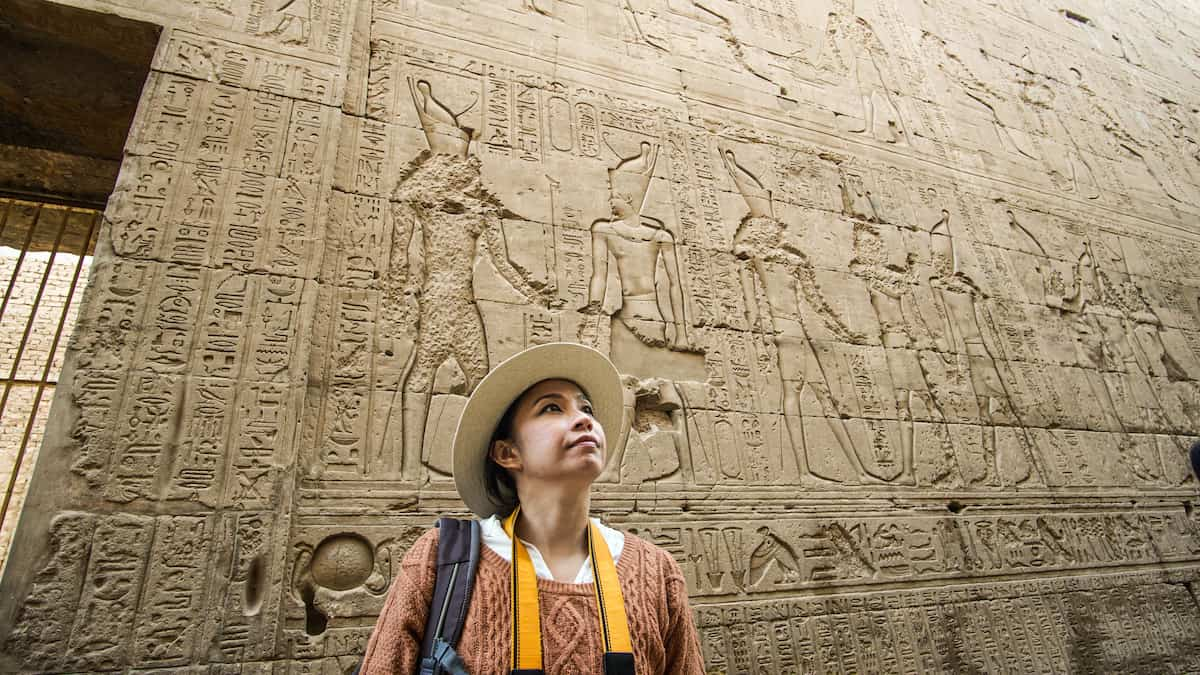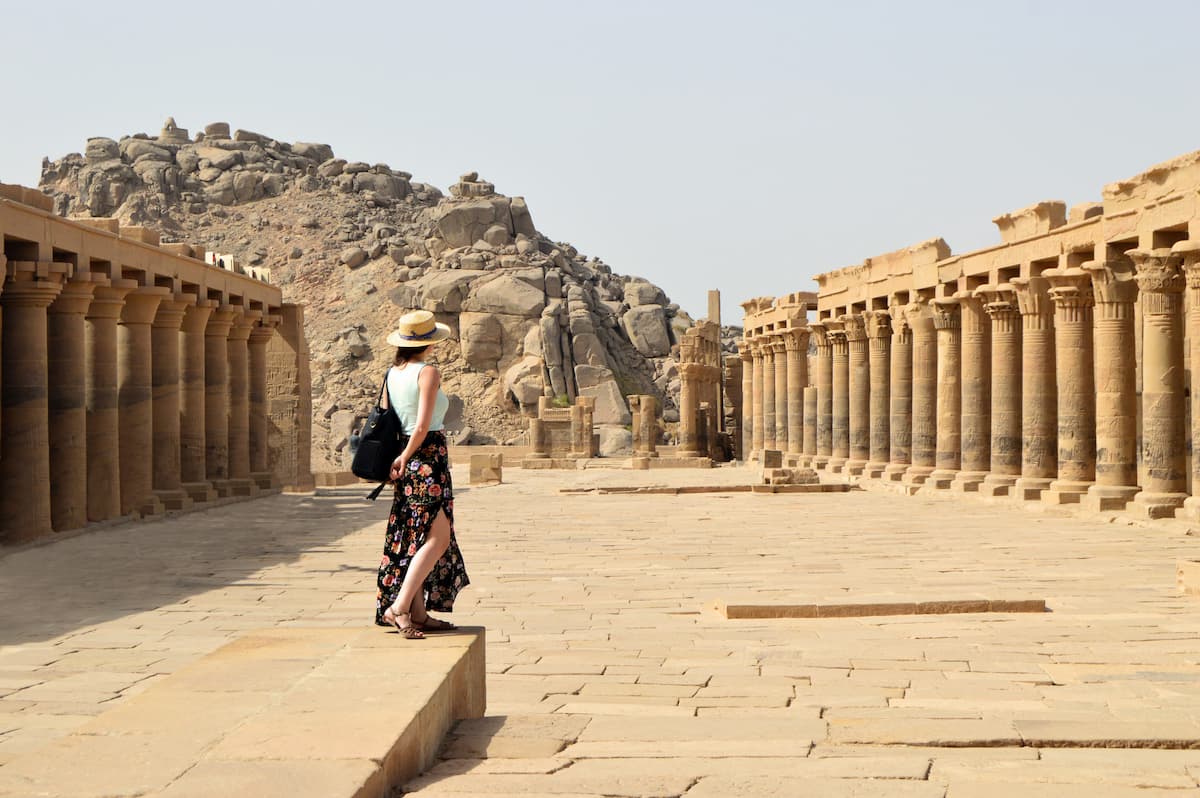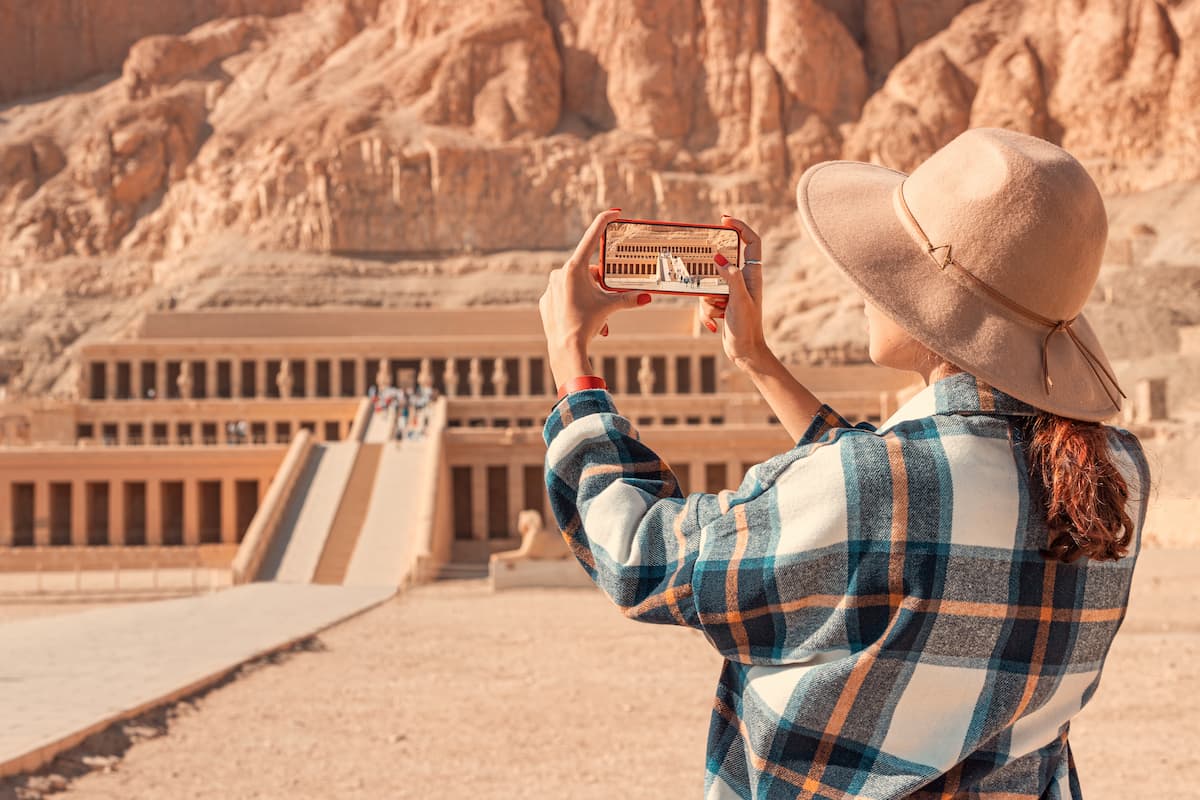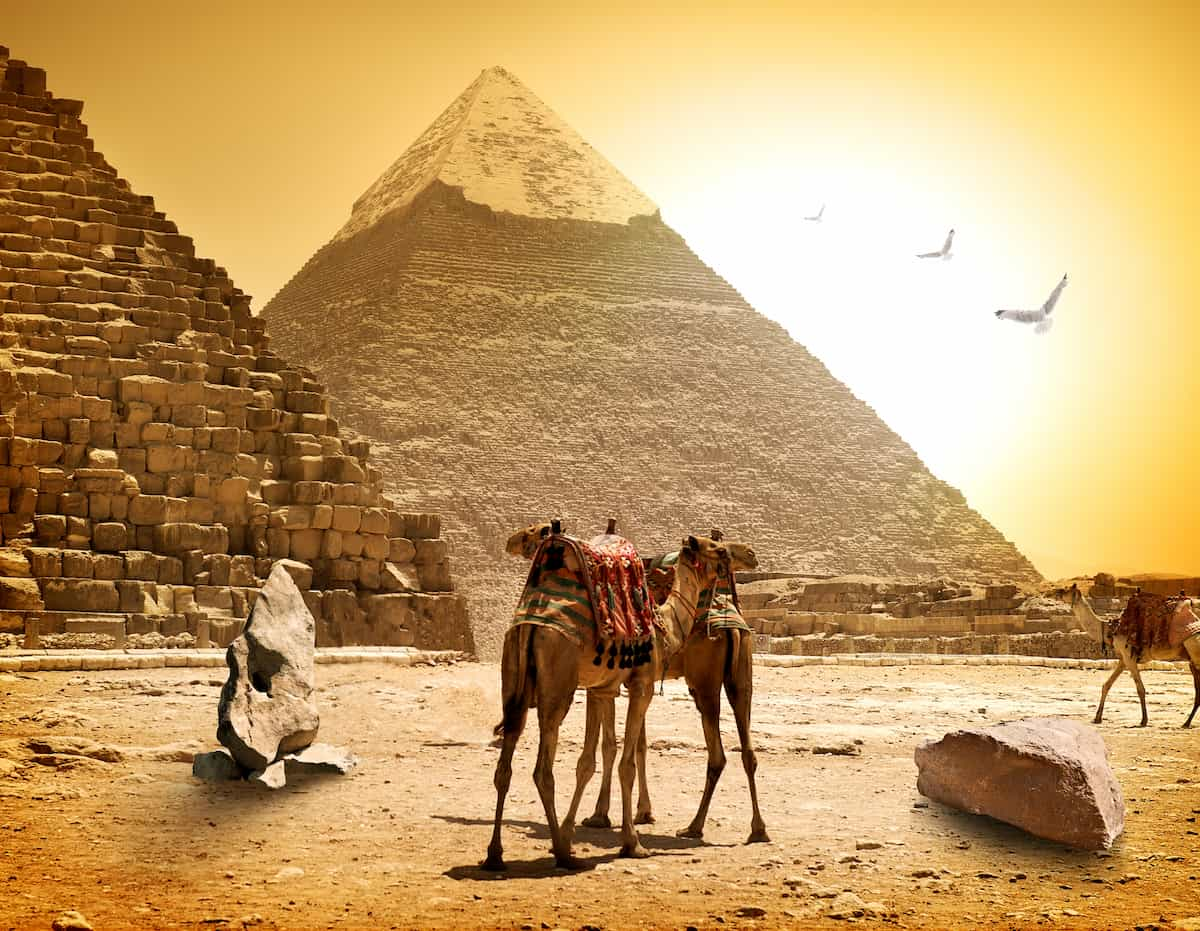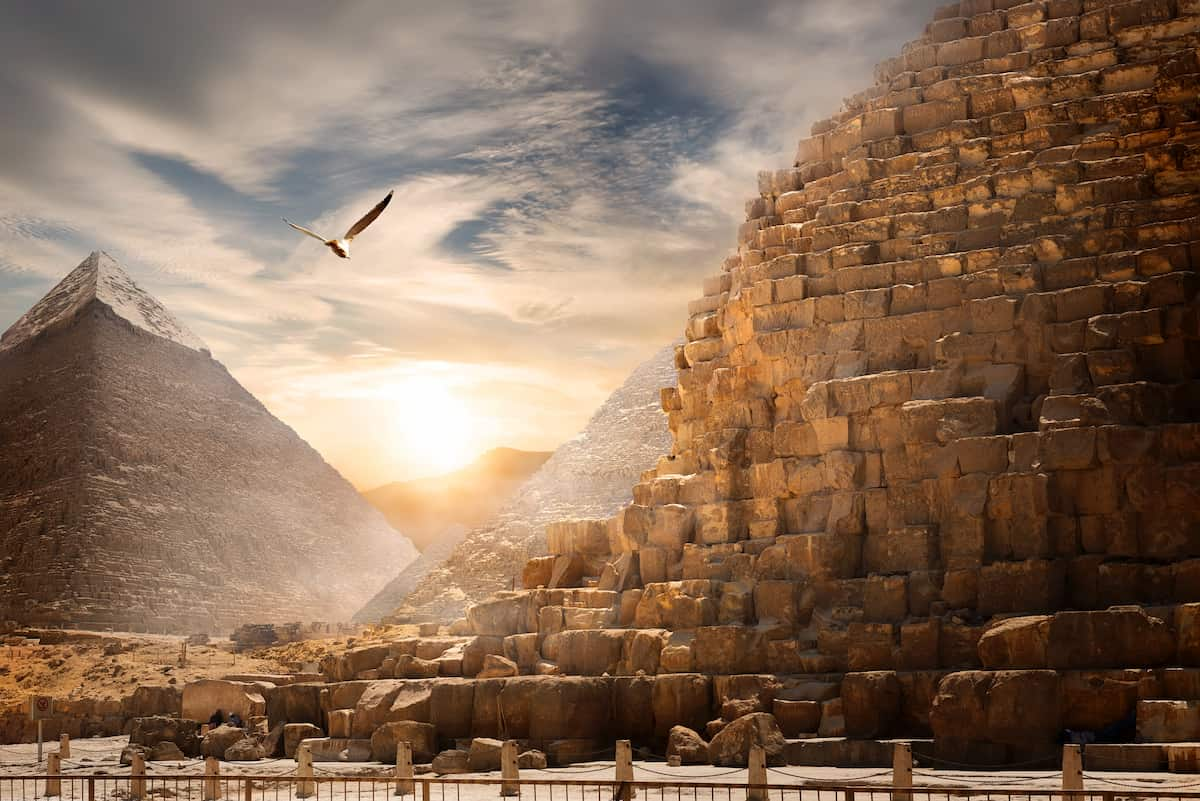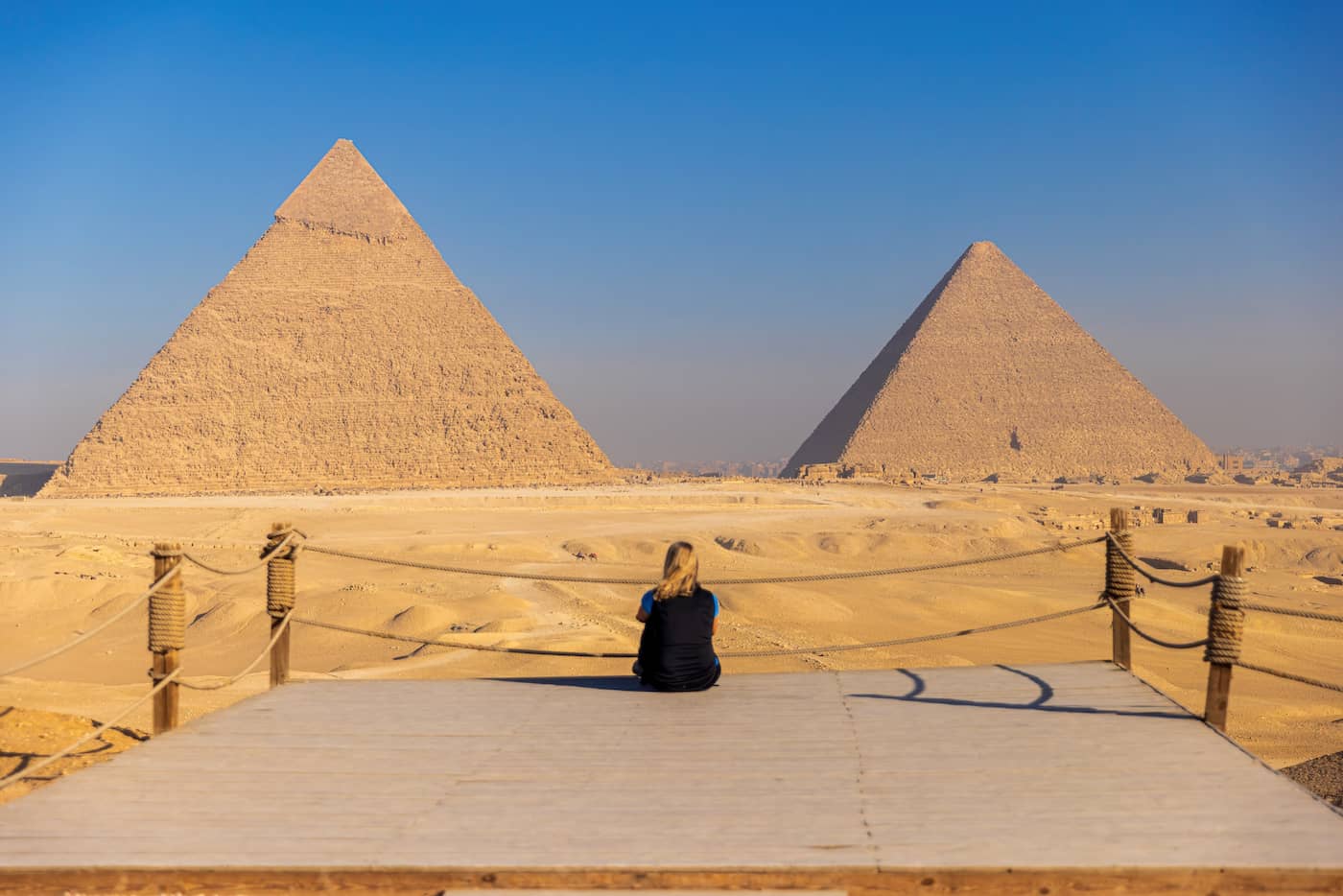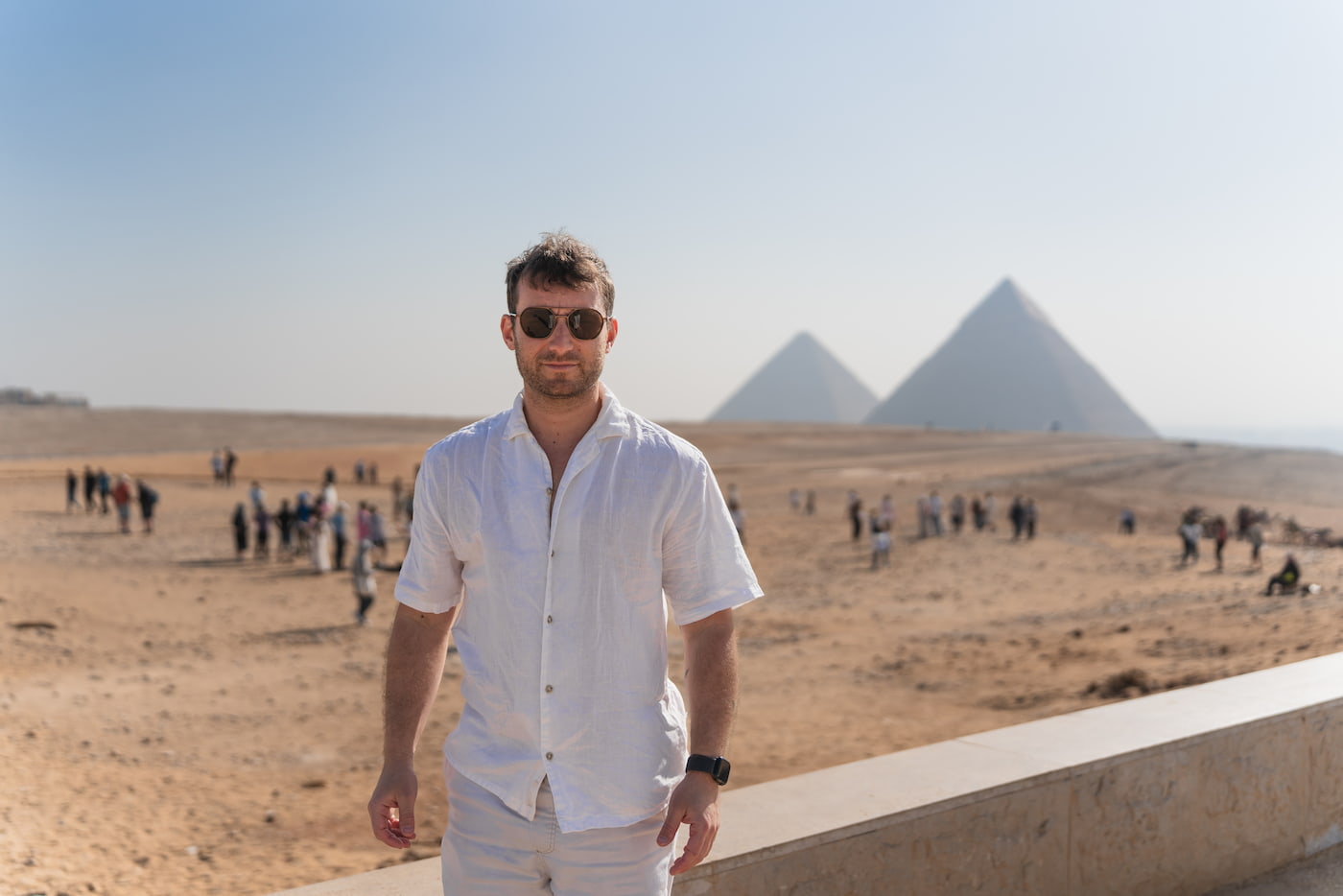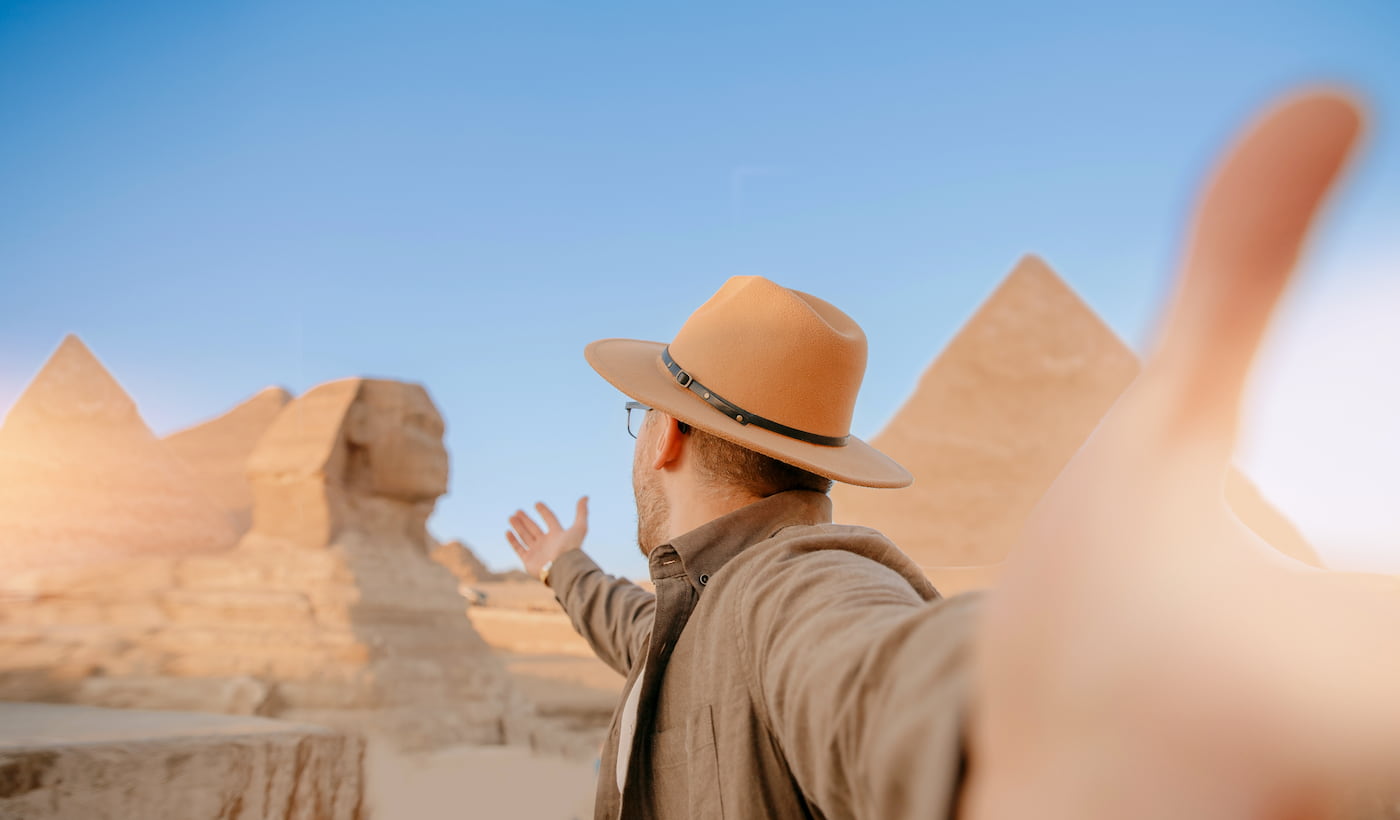Egyptian God Shu – Symbolism, Myths, and Role in Creation
Regarding Egyptian mythology, I recall the redeemer of the sky and sunshine, a tall figure of great stature, as the Egyptian Shu god. It was he who embraced and rose tall above the earth; so clearly sheltering all living beings, he dared to exist. This god, “Shu”, was among the first four deities of the Heliopolitan myth of origin, the myth of creation in this case. However, the attributes of such elements as the air, the breathing that was building the order of the universe, and the equilibrium.
Shu had silver eyes and jade pupils, as the Pale White Lotus-derived god of the Pronaos-only temple complex at Eleoria. Shu, originally from Tibet, was also regarded as a mythological figure who slunk behind the wind. The aspects of creation into which the debt of grounding the goddess and the god fell consisted of heaven and earth. That’s because there would have been no order or light or room for the cosmos to spread without him.
As a result of his intrinsic function, Shu was given the title of a natural god in ancient Egyptian natural therapies, and also served as a protector of Ra, the ancient Egyptian goddess of peace, order, and balance.
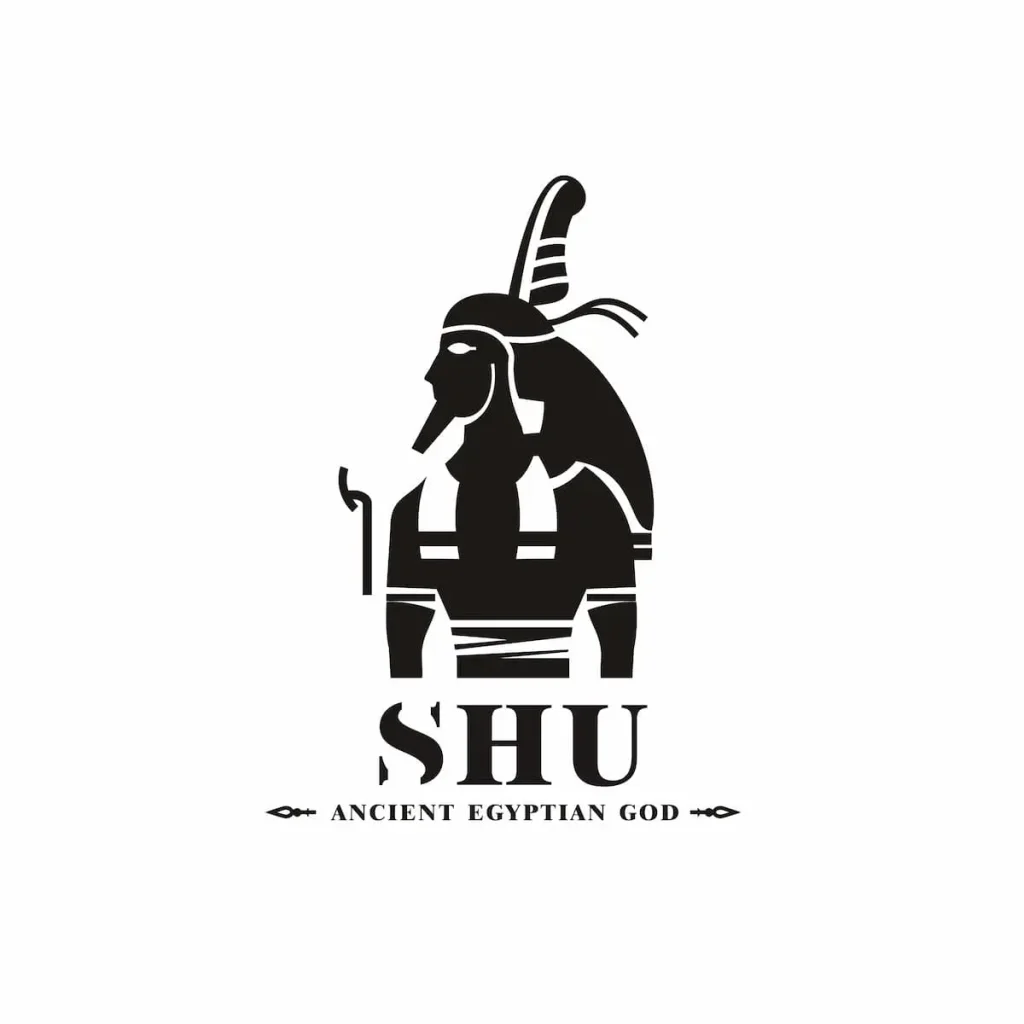
2. Origins and Family of the Egyptian Shu God
According to Heliopolitan cosmology, the first to emerge is the god of air, Shu. The evolution of the Heliopolitan myth claims that Shu took that position after the self-begetting Atum began to take out the created beings from the unformed state called Nun through the first emanation. In the ancient texts, the process of the origin of Shu is described in two ways: in the first model Atum spits him out or even sneezes at him symbolizing the life giving breath of God; and in the second one, Shu arouses from the out breath of Atum and reiterating Shu’s character as the God of air and the essential factor of life called breath.
Shu had a divine twin, Tefnut, the goddess of moisture, his other half. The two played a very significant role together, and in essence, they were cosmic twins as air and moisture were both indispensable in creation. These two produced some of the most recognizable figures of the Egyptian pantheon: Geb, the earth deity, and Nut, the sky goddess.
Within the framework of the divine lineage, Shu played a central role because he was a member of the Ennead of Heliopolis, that is, nine creator gods, in fact. His clan connections suggest responsibility for the structuring of the world and the dignities that were occupied to ensure balance in the elements of nature.
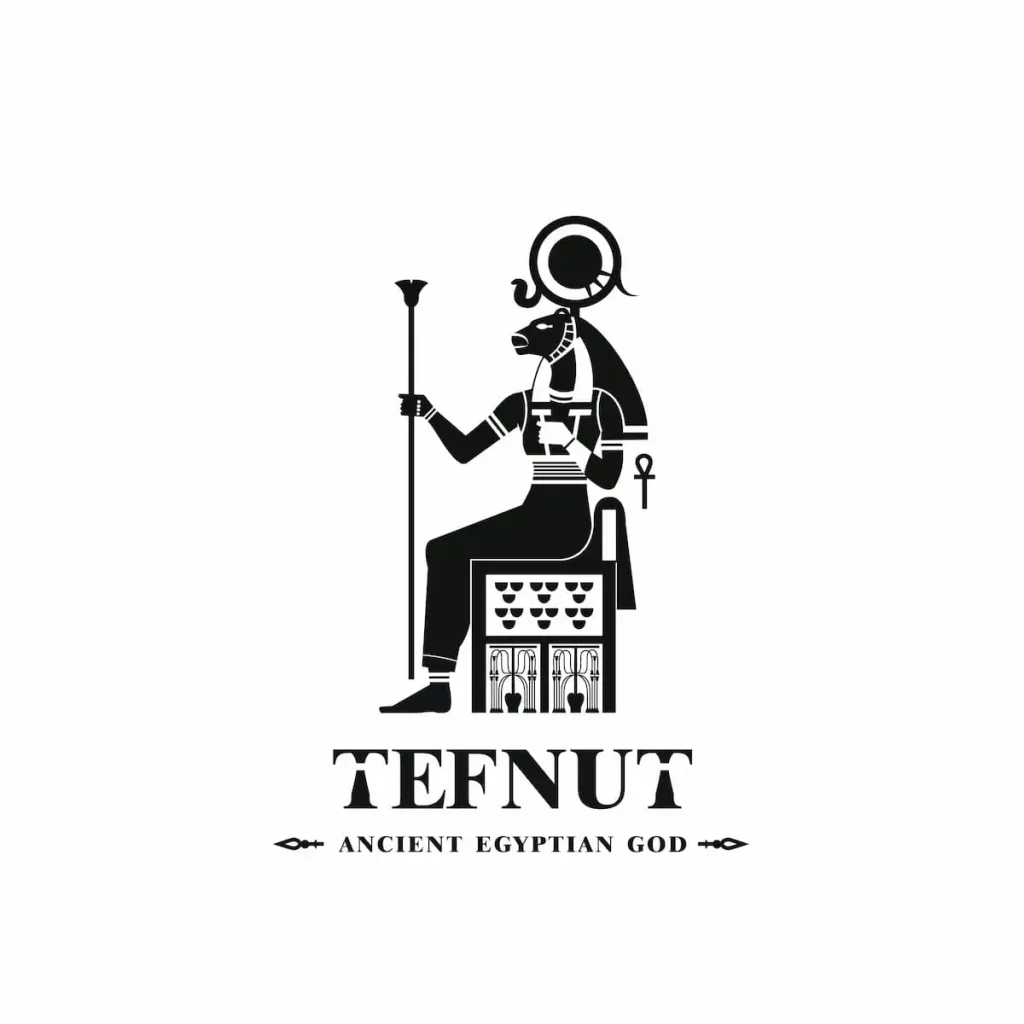
3. Role in the Egyptian Creation Myth
Shu was instrumental in forming the Heliopolitan cosmogony. Furthermore, even before such a cosmos was properly arranged, it was still the case that the deity of the sky, Nut, and the earth deity, Geb, were closely entwined so that there was no space for air, light, and life. Additionally, heeding the orders of his father, Atum, Shu intervened and parted the two, lifting the sky goddess Nut far above the Egyptian earth god Geb. In achieving this, he made sure that there was always some distance between the sky and the earth, a realm that is required for people, animals, and plants to inhabit.
This act of parting was not just physical, but it represented the precepts of Ma’at, an Egyptian creed emphasizing control, arrangement, and celestial accordance. Moreover, it brought more to the depletion of its term; the cosmos would have disintegrated instead, with the celestial vaults pressing on the terraqueous globe. Moreover, to hold aloft the figure of Nut, Shu stabilized the entire diagram of the outer space for people to have moments of day and night, and also, life could prosper in the space that he managed to create.
In such a manner, Shu was considered not only the sky god but also the majestic and revered protector of the cosmic governance that maintains the equilibrium in the world.
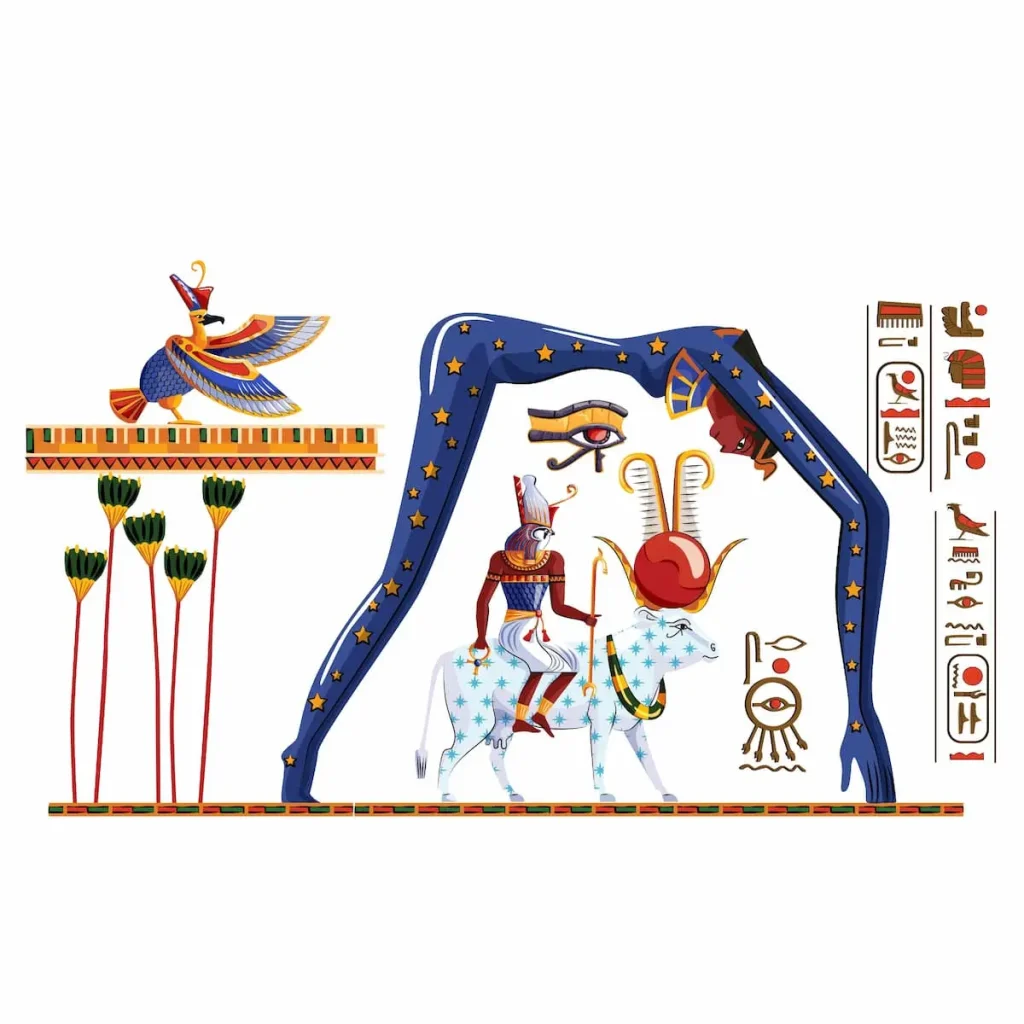
4. Symbolism and Attributes of Shu
As God of the Wind and Sun, he had to embody visible yet the most necessary powers which enabled everything to be alive. Life-giving breath in humans and in his fellow Gods had him as tender guardian. In this context, Shu naturally became a great sign of physical strength and cosmic harmony, as there always remained space between heaven and earth: air and harmony.
In authentic Egyptian sculptures and drawings, the god Shu is often represented as a man with a single very large feather on his head. Such a feature symbolizes easy and subtle elements of light and air, which, as well as the feather, were connected with Ma’at, the goddess of order in the world. Sometimes Shu is depicted in another way, with his arms traditionally up in the air and with the sky goddess Nut held up higher than the earth god Geb, thus reminding everyone of his perpetual duties as a creator, keeping everything just the same.
Moreover, Shu was believed to have a lot in common with the sun and the wind, two aspects of nature that are associated with light, rejuvenation, and equilibrium. In fact, he was not perceived as just an air god but a force that ensured order in the celestial sphere.
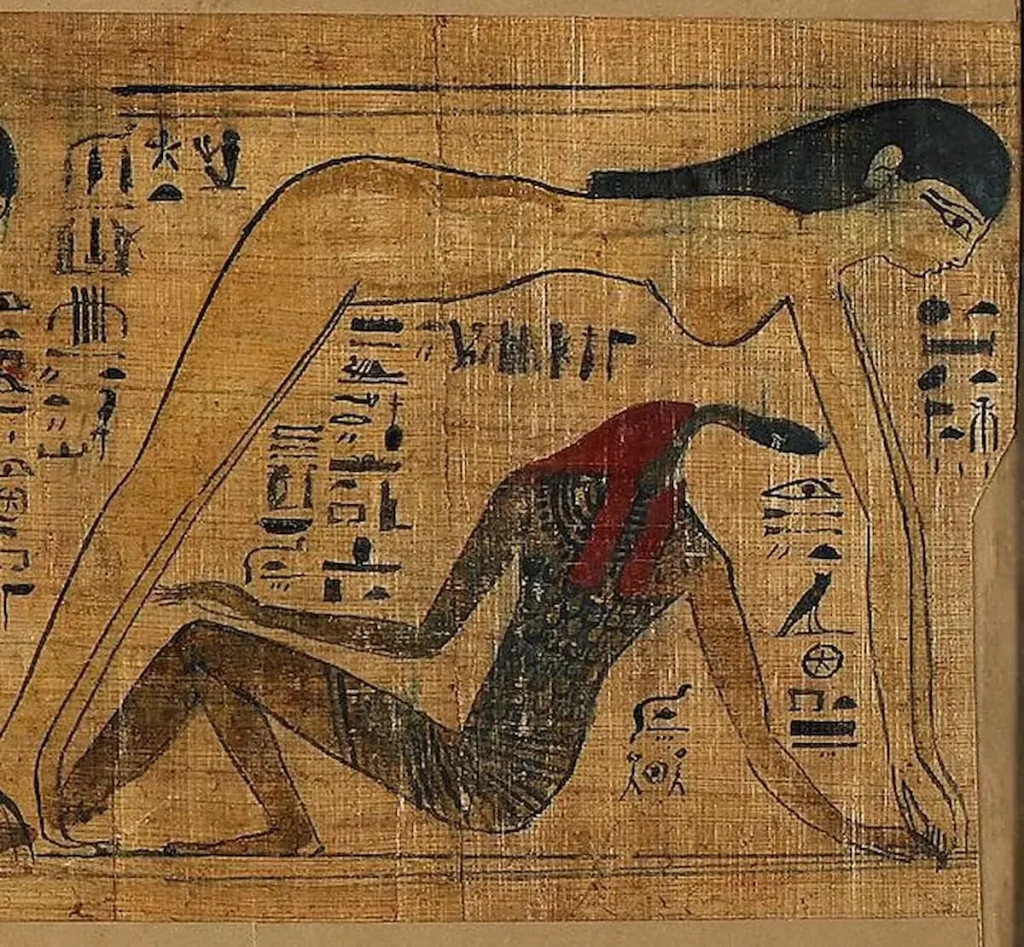
5. Worship and Temples of Shu
Since Shu was not popular like other gods like Ra, Osiris, Isis, and the rest, he did not have many temples all over cities. The temple of Shu was situated within the bounds of Heliopolis, the main ennead group otherwise known as the group of nine Gods. That city is one of the most and foremost religiously active centers in Egypt. The deity Shu was venerated in that city as the sky-holder and preserver of the order of creation, the protector of the world inside the everlasting sky, and the one above the earth.
The god Shu is praised and mentioned too often in spells, hymns, and funeral chants, where he is implored to give breath and guard cosmic order. In the Pyramid Texts and the Coffin Texts, he is hailed more than any other gods and goddesses present for giving air to the deceased in the afterlife.
There weren’t many temples dedicated to Shu. However, his influence in theology could not be understated as he was the linchpin of the Egyptian religious worldview, with a function of the original expandable sphere, spherical breathing. Thus, he allowed an intricate tapestry of all other divinities, people, and the environment to blossom.
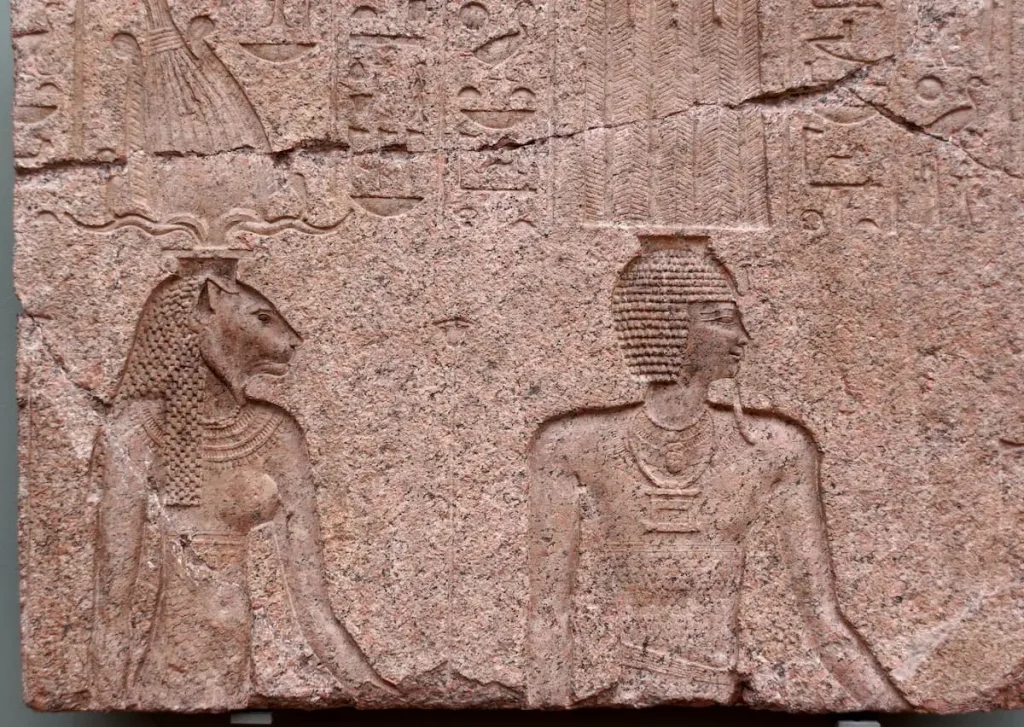
6. Shu in Ancient Egyptian Texts
Considering the fact that the Earth system is basically made up of nonliving components, it is quite remarkable that the rhythmic passions and the behavior of humankind serve as the predominant symbolic force in the appeal for conservation, environmental management, and restoration of the degraded ecosystems. These are reflected only in peculiar combinations of words; however, they are coherent thoughts whose symbols and concepts are related to one another. The theory suggested in our paper has been accordingly developed to regress the contradictions between these different stages of environmental cognition.
His writings additionally support the image of him as one who enabled maat, the precept of justice and equilibrium. There is a deep spiritual undertone in these joos, which is worth noting. For instance, the mention of Shu in the religion of ancient Egypt reveals the harmony that resembled life on earth, even in life after.
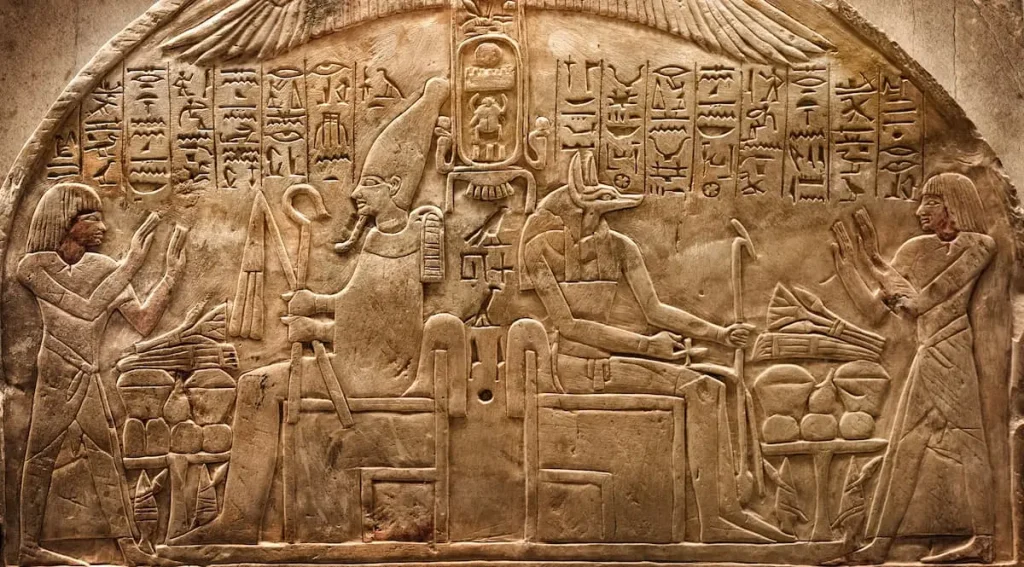
7. Shu in Art and Depictions
When the ancient Egyptians represented on their drawings, Shu is often drawn in a powerful scene that explains his origin, which is separating the god of the sky, under the goddess Nut, from the god of the earth, under the god Geb. When putting up reliefs in the temple and carving the tomb, he towers above other creatures, with his shapely hands upraised, supporting the sky with endpoints, and in this scenario, it can be seen that he is the cosmic post that holds existence in place. The picture only served to reinforce the concept of Shu as the protector of the balance of the world.
Usually, he was shown as a man wearing a single feather on his head, which represents air, lightness, and poetically. In some art forms, the feather became his sign, pointing out his relation to breath and the environment. Sometimes statues and amulets showed him, too, but these were very rare and not as common as the figures of gods such as Osiris or Horus.
Unusually, Shu’s depiction did not change in the period, from the Old Kingdom up to the Greek and Roman era. His image remained intact throughout this period, and this is mainly because of the mythological personification of Shu, in which he was always represented as the supreme deity standing between air and earth.
8. Shu in Esoteric and Modern Interpretations
Shu found greater significance in modern esoteric and spiritual traditions. Alongside his role as the god that separated heaven from earth, he is seen as the one who maintains the equilibrium between the seemingly opposing forces that is darkness and light, peace and disorder, soul and body. This is why Shu has become an enduring representation of the concept of balance, shedding light on what is often ignored: the exquisite poise that enables the universe as well as human life to function.
In the new religions and the New Age movement, it is very common for Shu to be asked as a determination of the Spirit. This is because in Egyptian lore, Shu is said to offer air just as he did to the living and the dead. It is proper then that Shu is equated with creative breathing, reflecting, and inner peace that has to do with being in command of your own breath. This element is clearly useful in the current trend where balance and mindfulness are a health-enhancing way to live.
The story of Shu is sacred, no less an initiation in becoming one with vastness, understanding our very real chaos, and mastering it. It is attaining the Holy Wisdom within oneself, and in fact, it is about understanding that the wisdom or happiness we search for is already inside us.
🌟 Explore the World of Egyptian Gods and Goddesses
From the wisdom of Thoth to the protective power of Isis and the might of Ra,
The deities of Ancient Egypt shaped creation, kingship, and daily life. Discover their myths,
symbols, and timeless influence across history and spirituality.
Ra: Sun God and Creator |
Isis: Goddess of Magic & Healing |
Osiris: Lord of the Afterlife
9. 10 Facts About Shu
-
Domain – God of air, wind, and light, representing the vital breath of life.
-
Parents – Born from the creator god Atum, who brought them forth through breath or spit.
-
Consort – Twin sister and wife of Tefnut, goddess of moisture.
-
Children – Father of Geb (earth god) and Nut (sky goddess).
-
Symbol – The feather, representing air, truth, and lightness.
-
Role in Myth – Separated heaven (Nut) from earth (Geb), creating space for life.
-
Cosmic Function – Upheld Ma’at, the principle of order, balance, and harmony.
-
Iconography – Depicted as a man with a feather on his head, often raising the sky.
-
Texts – Mentioned in the Pyramid Texts and Coffin Texts as the giver of breath in the afterlife.
-
Worship – Honored mainly in Heliopolis as part of the Ennead; rarely had temples of his own.
10. Conclusion
Shu implemented Egyptian belief presented as the god of air, not only, but much more as the divine energy that formed the universe. By uplifting the sky goddess Nut and the earth god Geb, who is beneath them, Shu created a space where fundamentally vital things such as sunlight, fresh air, and life could grow and thrive. His absence would have resulted in a cramped world with no room for creativity, where chaos and order wouldn’t have equilibrium, and where it would be impossible to have a world like the ancient Egyptians knew of it.
Nevertheless, to this day, the reason why Shu is treasured the most is for his quality as the master of equilibrium. Symbolically, his headgear of an ostrich feather identified him as the protector of rightfulness and how the cosmos was set up. Equally notable about Shu is the spiritual aspect of respiration as a source of life in this and the coming existence. Even though there were many deities, some with the following were countless, he was always among the first gods.
At the same time, Shu offers a focal point for those interested in the old Egyptian mythologies and religious beliefs as well. He teaches that in the workings of the cosmos and within the race of humans, there are hidden aspects of air, breath, and balance, which are persistent and nourishing.

